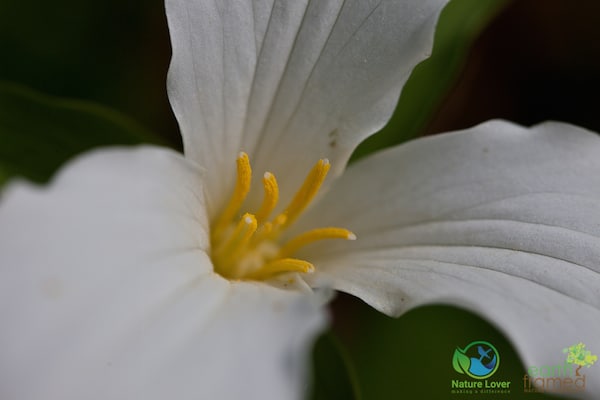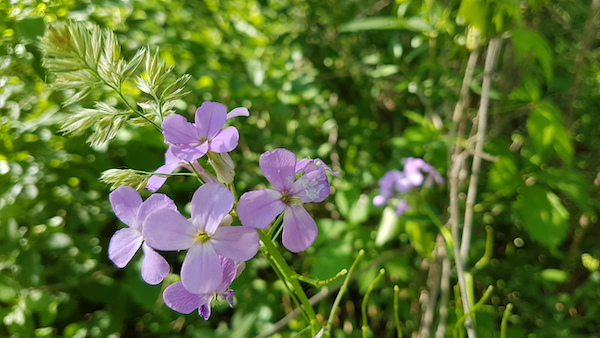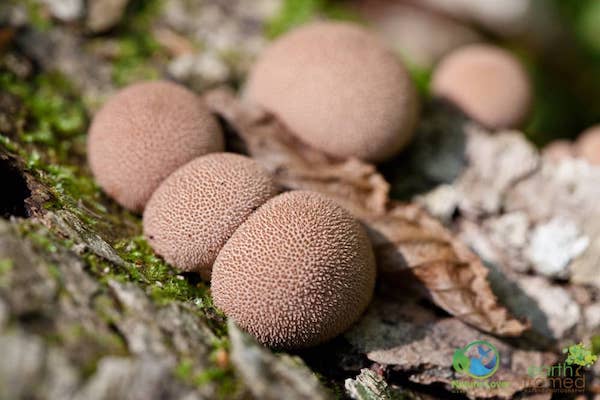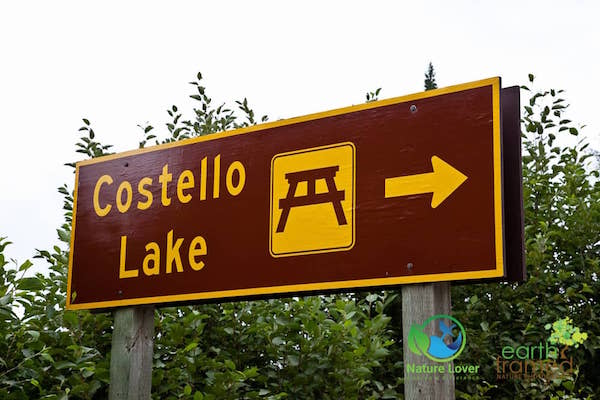Marthaville Habitat
St. Clair Conservation Authority
4749 Marthaville Rd,
Petrolia, ON N0N 1R0
[two_third_last]
[/two_third_last]
A large number of wildflowers, especially native ones, were found last May during a walk through Marthaville Habitat. Below are some of the highlights of the day. I also took a video while I was there, be sure to check it out too.
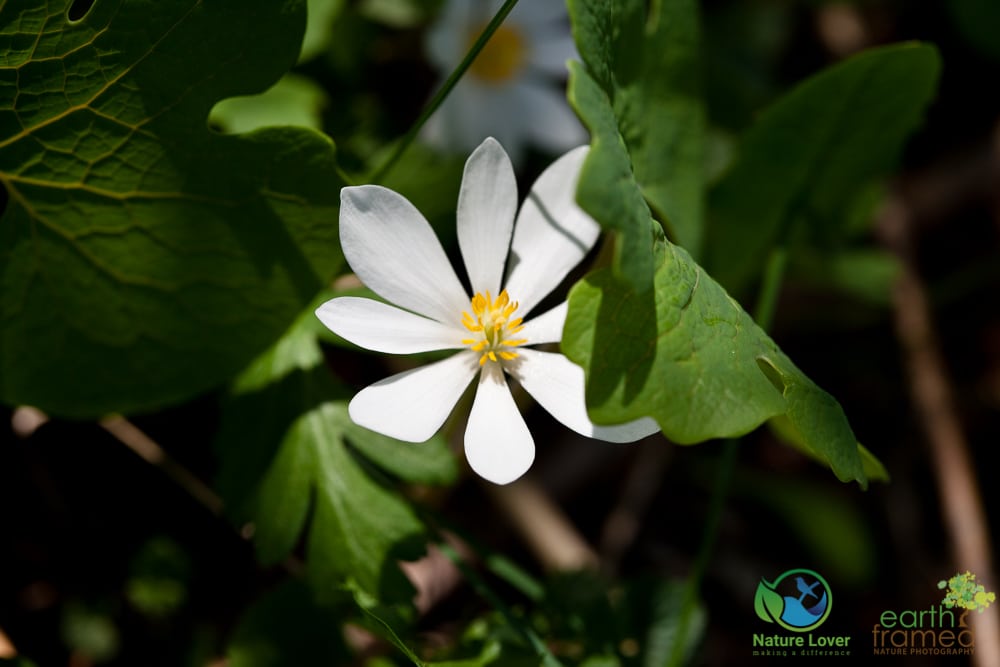
Bloodroot (native)
The bloodroot plant is part of the poppy family and only lasts a short time in the spring. The flower itself opens in full sunlight and then closes at night. First Nations people used the red sap from the underground part of the stem to dye baskets, and clothing. The sap was also used for insect repellent.
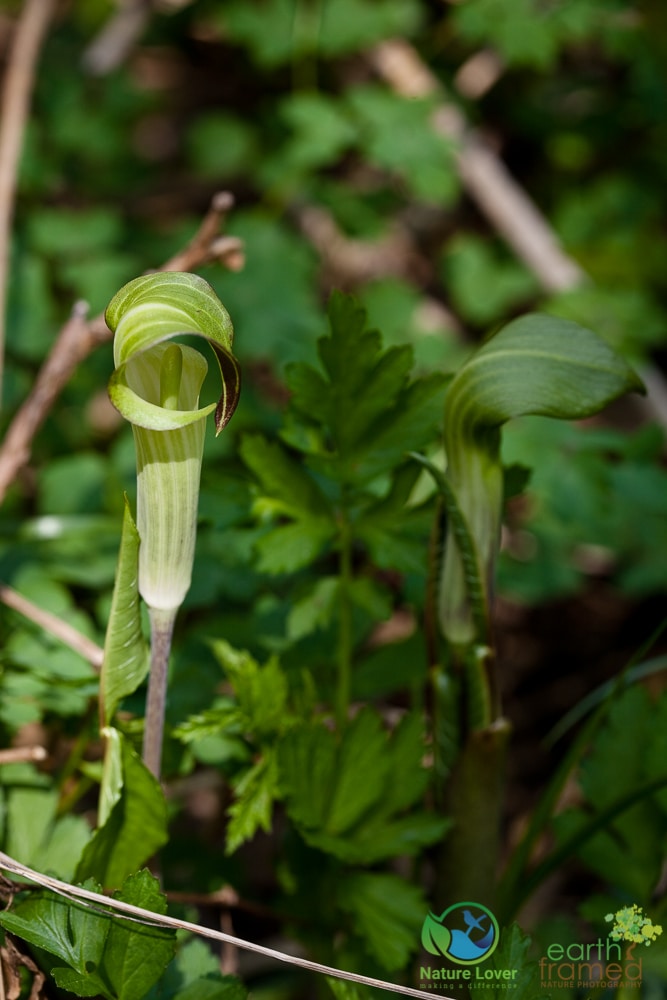
Indian Turnip / Jack-in-the-Pulpit (native)
This very unique looking plant is known by a wide variety of names; jack-in-the-pulpit, bog onion, Indian turnip, brown dragon, wild turnip and American wake robin. This herbaceous perennial plant is poisonous if ingested raw and can only be consumed if properly dried or cooked.
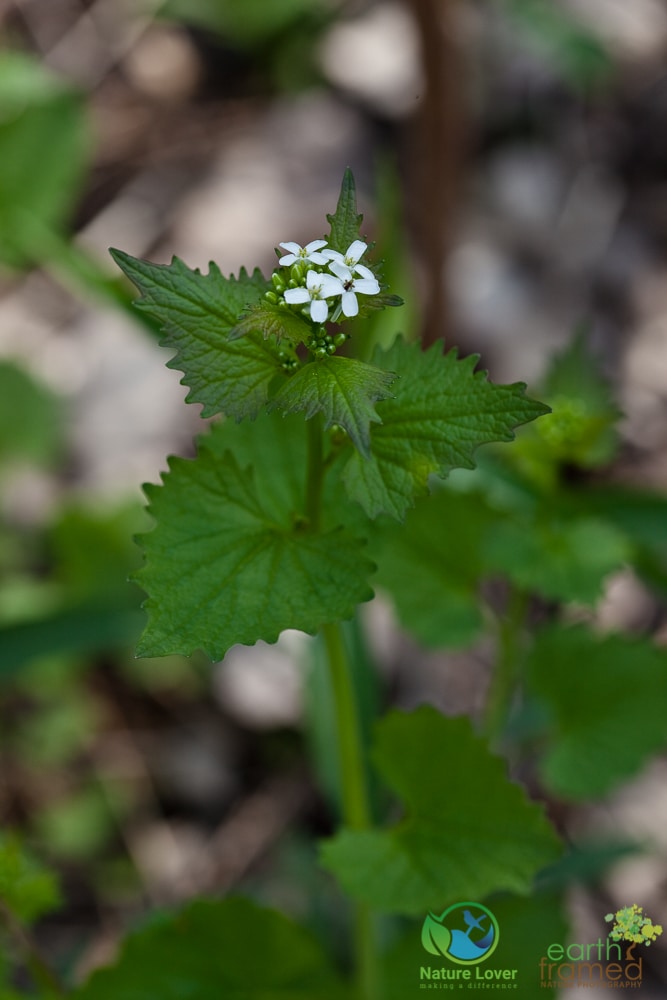
Garlic Mustard ( non-native / invasive)
Garlic Mustard was brought to Canada in the early 1800s as an edible herb. The plant has since become one of Ontario’s most aggressive invasive species to enter our forests. A stand of garlic mustard can double in size every 4 years and the seeds are easily spread by people and animals. The seeds are so pervasive that they can remain in the soil for up to 30 years and still be capable of sprouting. This plant provides absolutely no valuable source of food for any of our native wildlife.
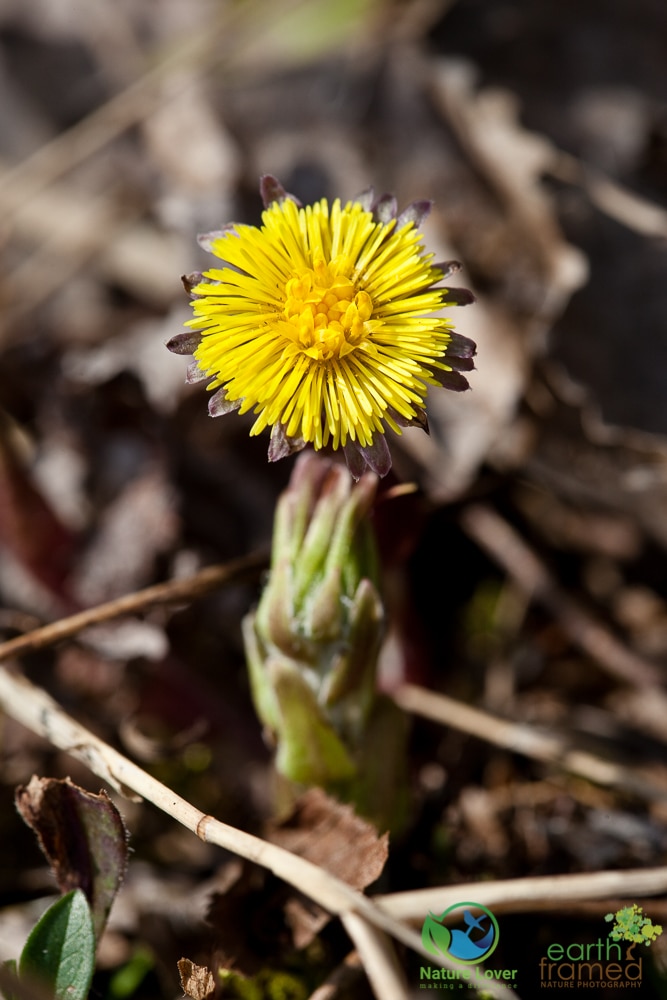
Coltsfoot (Non-native)
This European plant can flower as early as February and the flower head somewhat resembles a dandelion. Brought to Canada in the 1920’s, this weed hasn’t spread uncontrollably but is still a concern since it can’t be controlled by most herbicides.
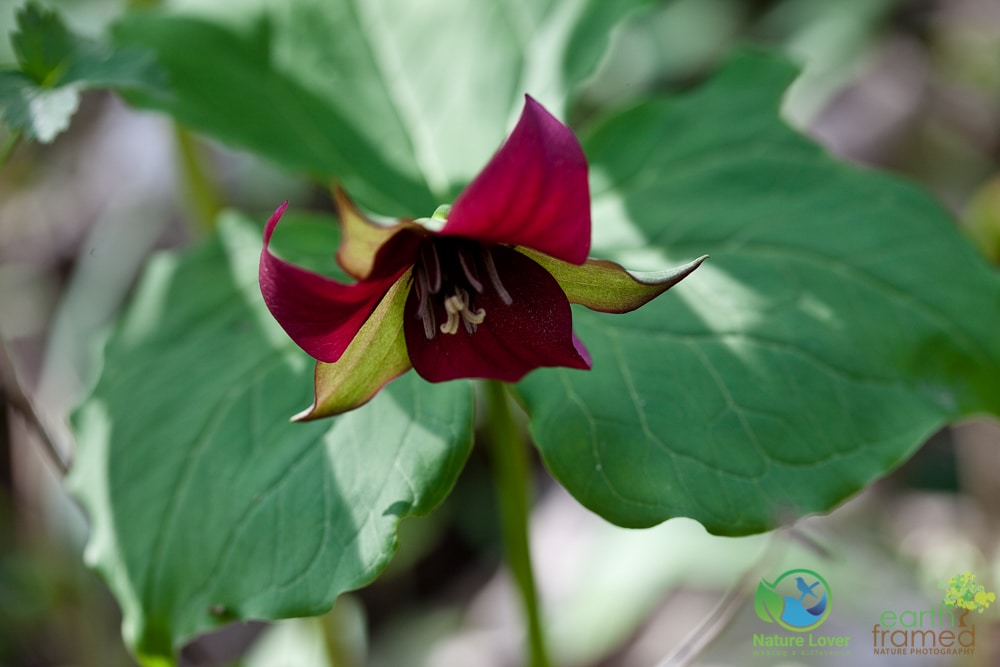
Purple Trillium / Stinking Benjamin (native)
Carrion flies are attracted to this beautiful yet foul-smelling flower. At Marthaville, the Purple Trilliums are predominately found in the woods south of the parking lot while the White Trilliums are found on the southwestern side of the habitat.
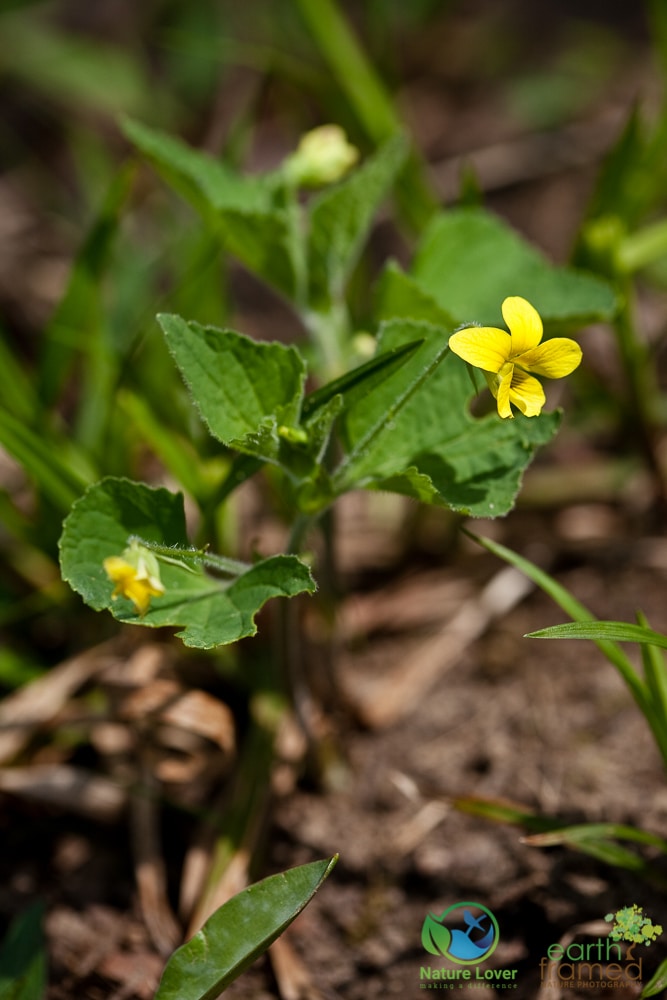
Downy Yellow Violet (native)
This beautiful yellow violet can bloom from May to August. The flowers are actually edible and the leaves have been used for a variety of medicinal purposes. The Downy Yellow Violet is often eaten by various wildlife, including juncos, grouse, wild turkeys and mourning doves. The plant also attracts several different bee species, small butterflies, skippers and Syrphid flies. This plant is a larval host for Fritallary butterflies and moth caterpillars.
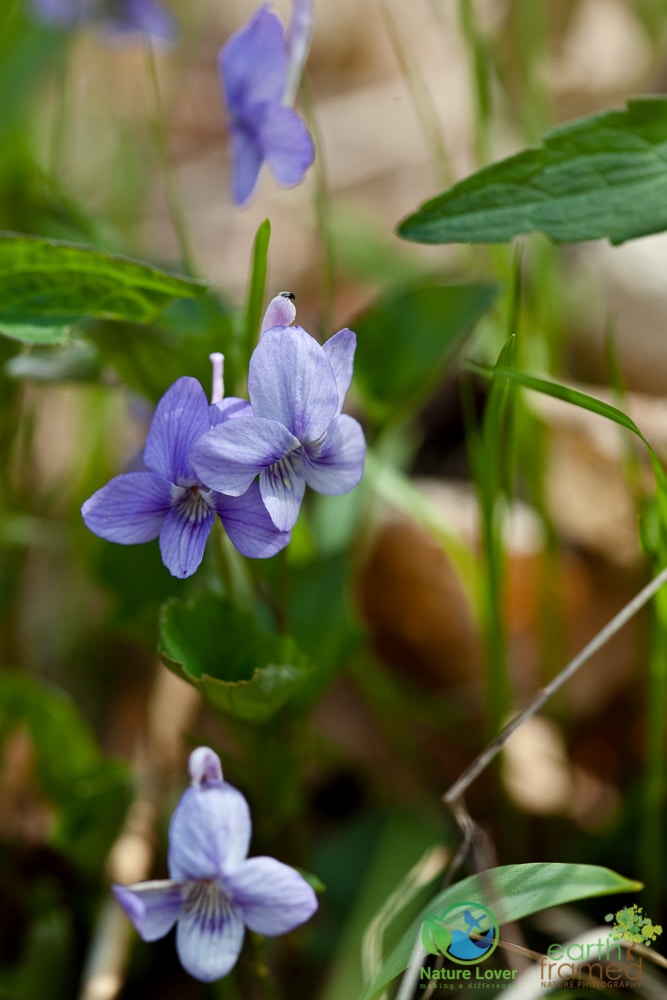
Dog Violet (native)
The Dog Violet has lovely light bluish-violet flowers with purple veins. At Marthaville I found small and large patches of this plant throughout the southwest corner of the habitat. This plant has also been called American Dog Violet and the Ojibwa have used this plant to treat heart problems.
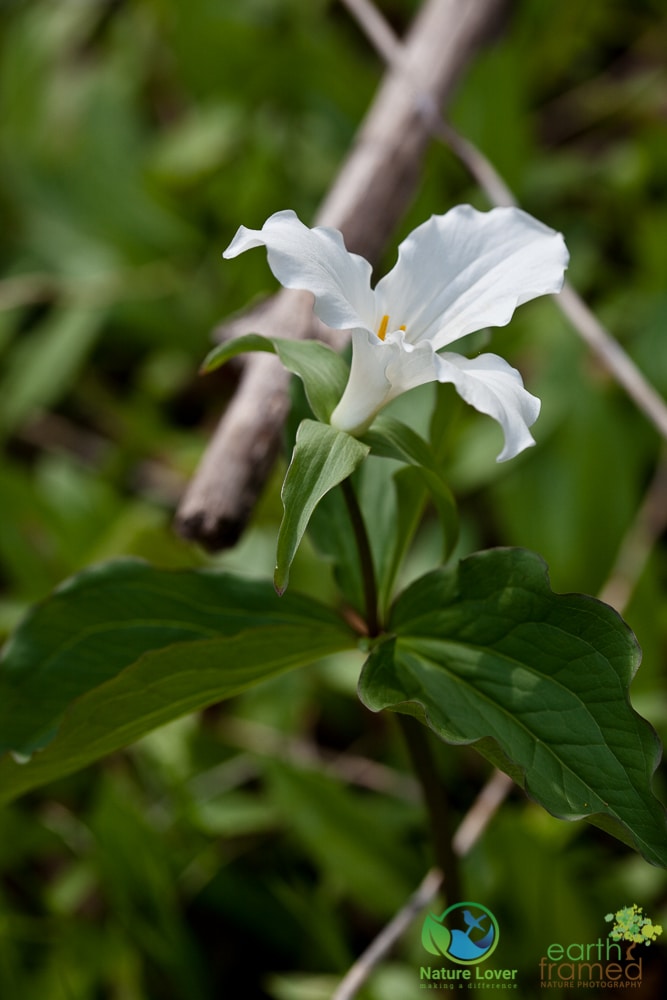
White Trillium / Large-flowered Trillium (native)
The White Trillium is the largest and showiest trillium whose flowers will turn pink with age. In the past, First Nations people would use the roots for medicinal purposes and use the leaves for cooked greens or in salads. However, this should not be practiced now since removing the leaves of the plant will kill it.
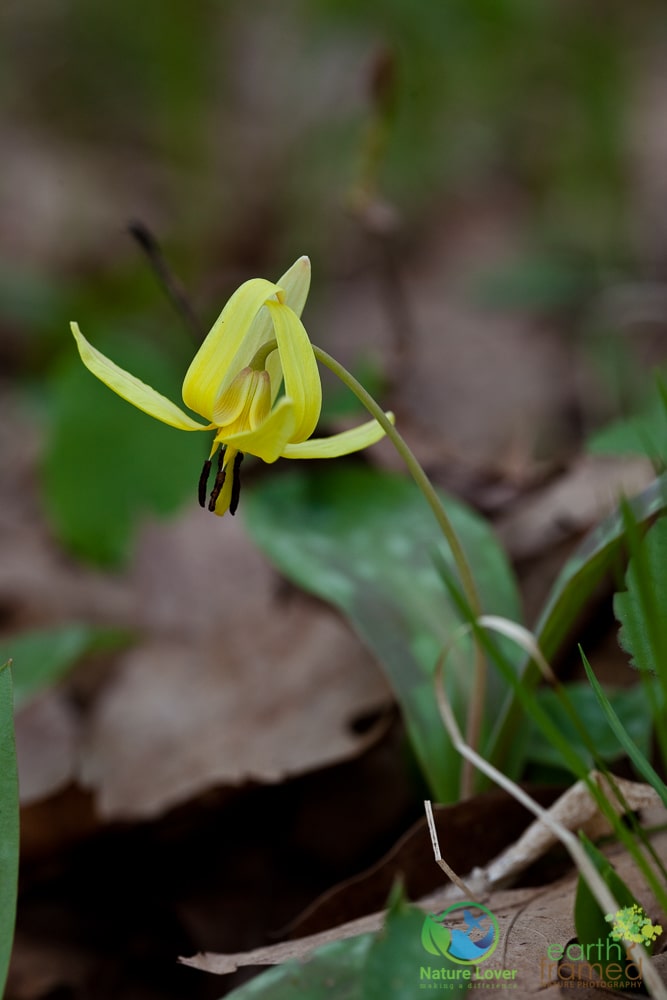
Trout Lily / Dogtooth Violet (native)
The easiest way to identify this plant is to spot the single nodding flower and its brown-mottled leaves. The Trout Lily is an early bloomer and is also often referred to as Adder’s Tongue. The plant uses an underground root system and can take some time to mature enough to produce a flower or seeds. Ants will eat the nutritious appendage which attaches to each seed and leave the rest to germinate.
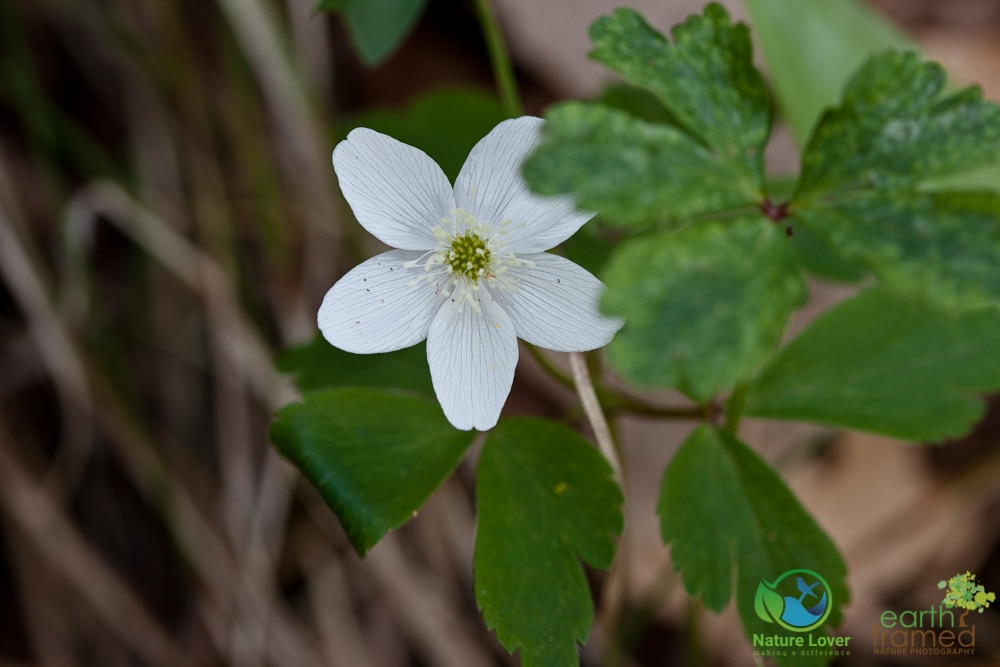
Wood Anemone (native)
Often pink on the reverse side, the Wood Anemone is a delicate, low lying plant that blooms in the early Spring. Referred to as a wind flower, since it will ‘tremble’ in the breeze due to its slender stalk, this native plant was found along the wooded trail on the southwestern section of the habitat.
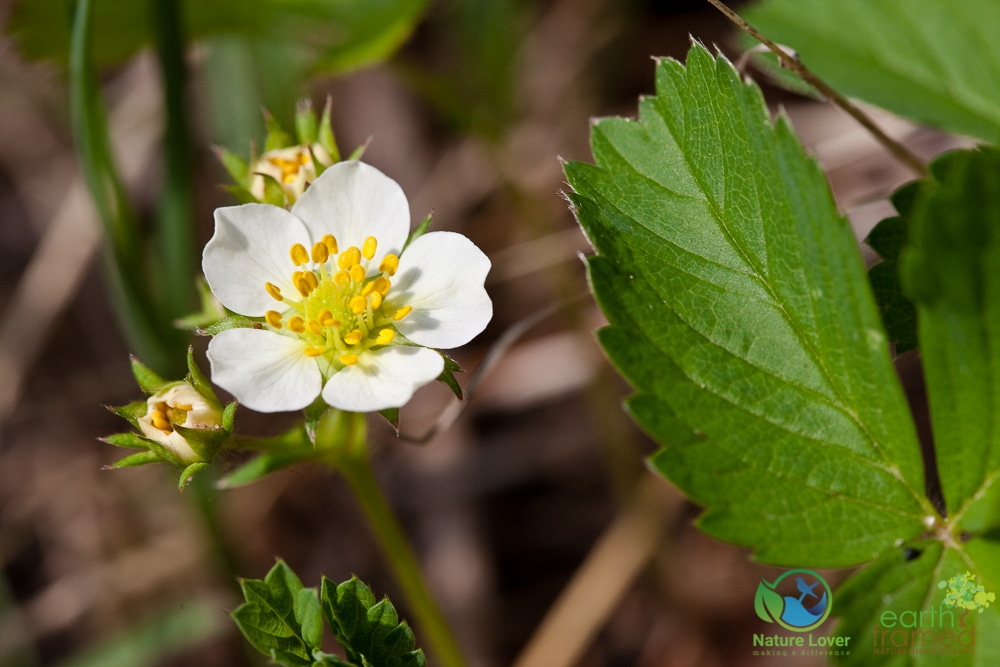
Common Strawberry / Wild Strawberry (native)
The Common Strawberry is found throughout North American, not including the Arctic islands and Greenland. This wild strawberry produces sweet berries that actually consists of 90% of cultivated strawberries, usually in a hybrid with South American species. The berry is often eaten raw, dried or made into jams and jellies. The leaves, which are high in vitamin C, can also be steeped to make tea.
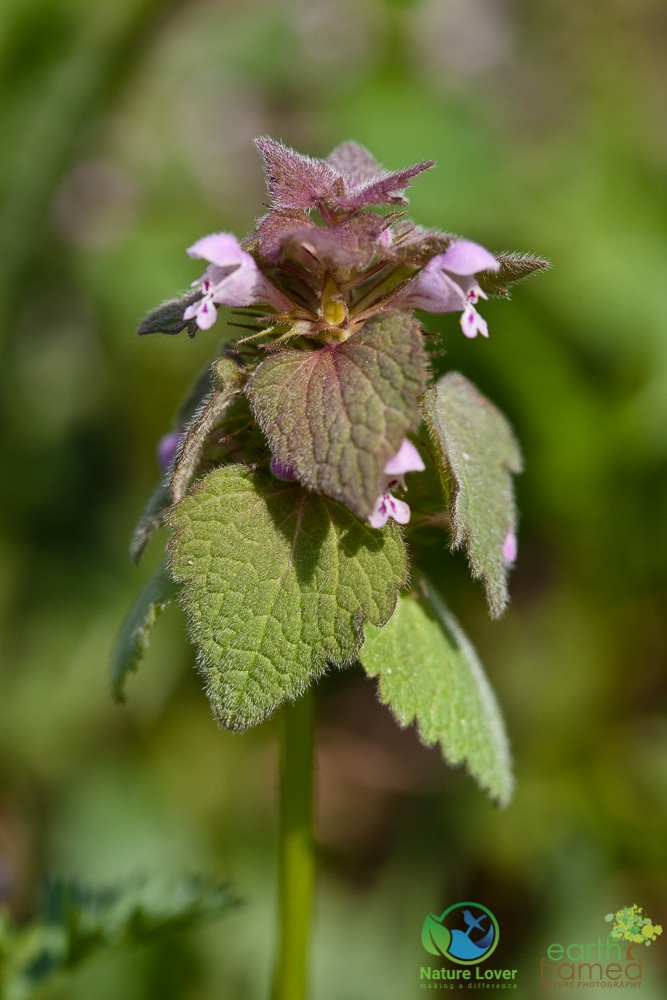
Wild Basil (native)
Native to its northern range (but introduced to southern parts of North America), this plant is a member of the mint family. The leaves can be dried and used as seasoning but are much milder than dried basil you would buy from the supermarket.
Sources:
Appell, Scott D. “The Ethnobotanical Uses of the Genus Viola by Native Americans.” American Violet Society. N.p., n.d. Web. 10 Nov. 2015.
Arisaema triphyllum, Green Plant Swap
“Coltsfoot.” Ontario Ministry of Agriculture, Food and Rural Affairs. N.p., n.d. Web. 10 Nov. 2015.
“Garlic Mustard.” Ontario’s Invading Species Awareness Program. Ontario Federation of Anglers and Hunters, n.d. Web. 10 Nov. 2015.
“Jack-in-the-pulpit”. Retrieved 2015-10-31.
“Plant Detail: Viola Pubescens.” Native Plants: Evergreen.ca. N.p., n.d. Web. 10 Nov. 2015.
Thieret, John W., William A. Niering, and Nancy C. Olmstead. National Audubon Society Field Guide to North American Wildflowers: Eastern Region. New York: Alfred A. Knopf, 2001. Print.
“Trout Lily.” Canadian Wildlife Federation:. N.p., n.d. Web. 10 Nov. 2015.


